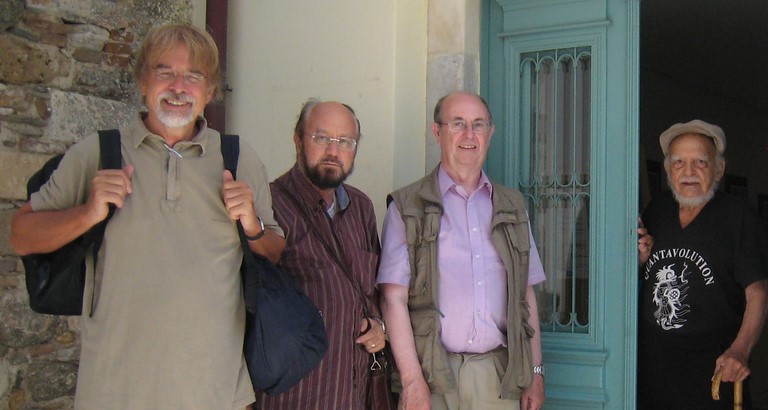Gunnar Heinsohn's answer to Trevor Palmer
Rome's imperial stratigraphy belongs to the 8th-10th Century Period
In his ”Chronology of Europe” (here on Q-Mag), Trevor Palmer has amassed (from mainstream history texts) long lists of emperors, popes and non-Roman chieftains of the 1st-6th centuries CE to underline the historical reality of these personalities. Trevor’s impressive effort, however, only makes sense if he regards me as someone who wants to abandon genuine rulers, or even turn them into fictitious characters. Never, in scholarly exchanges of nearly half a century, have I come across a more profound misunderstanding.
The existence of most of the rulers Palmer mentions is proven by coins and other artifacts, most of which are genuine pieces, and, therefore, cannot be denied by anybody in his right mind. Since Palmer, too, is aware of such coins, I should have no difficulty convincing him that they must receive their appropriate place in any evaluation of the history of the Roman Empire.
It is not my intention to deny rulers and their coins. More than Palmer or anybody else may imagine, I actually could easily accomodate more rulers and more coins to furnish the vast space of the Roman Empire and its neighbors. Every new discovery is welcome because we need rulers not only for the multitude of Roman Ceasars and Augustusses but also tribal reges negotiating or warring with them. Portraits with Roman diadems and the Roman chlamys (woolen cloak), for example, we also find on 8th-10th c. coins of Anglo-Saxon kings like Alfred the Great (9th c.) or of Frankish kings like Charlemagne (8th/9th c.). Did they really have to sink so low as to show off in Roman costumes to impress their wildling-subjects, or did they, as Roman foederati, and not as primitive braggarts, belong to Rome’s turf, too?
Go to article in pdf
Gunnar Heinsohn's Latest
Gunnar Heinsohn's Biography
The Quantavolution Conference in Naxos, Greece, 2012.
(The First Millennium A.D. Chronology Controversy)

Gunnar Heinsohn, Emilio Spedicato, Trevor Palmer, Alfred de Grazia at the Quantavolution Conference in Naxos, 2012.

